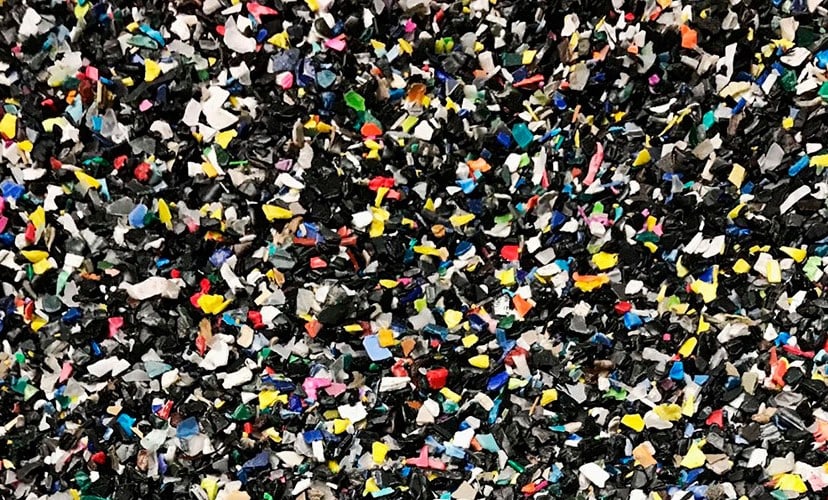New technologies allow the recycling and classification of black plastic, not only by color, but also by polymer
Over the years, black plastic has presented numerous challenges to plastics recycling. The main challenge it posed had to do with how difficult it was to be detected by near infrared (NIR) technology, new developments, however, have made it possible to classify it not only by color, but also by polymer, which has opened the door to a source of extra income for recycling companies.
STADLER, one of the largest providers of sorting plants for the recycling industry, is experiencing an increased demand for systems capable of recovering all black plastic from the waste stream.
Key facts about black plastic
On the problems to be detected by means of infrared technology, Enrico Siewert, Director of Product and Market Development at STADLER said: “The emitter throws a light on the material, and the sensor takes a reading of the energy that the material reflects. . However, the carbon black absorbs all the light, so the signal does not return any information and the sensor does not read anything. This situation makes black plastic undetectable with the usual technology available at recycling plants.”
This feature, until recently, was a serious challenge for recycling processes, so it is common for the material to end up incinerated or in the landfill, with serious consequences for the environment, in addition to a significant consumption of financial resources.
“If recycling companies are unable to recover black plastic, they stand to lose a huge proportion of the value of their input material, up to 15%. By being able to extract this material from the waste stream, they can achieve a new source of income and achieve significant positive consequences on their bottom line”, Siewert pointed out.
“Another important issue is that more and more packaging is made from black plastic, as more recycled content is used. When recycling post-consumer packaging, if it is not rigorously sorted by color, the product that is obtained is a gray resin. This material cannot be converted back to white material, so many converters add carbon black to it for a much more attractive uniform color. Society wants more recycled content. Therefore, we will see more and more black material in the waste stream. Thus, the packaging will continue its trend towards a darker color, “added the manager.
Black plastic recycling
It should be noted that currently, several of the sectors involved in the plastic value chain have investigated solutions to the problem of black plastic. Today, there are several ways to recover this material. First of all, there is a sensor-based dry sorting system. Using NIR sensors with visible black additives, infrared can detect different types of polymers.
There are also other types of sensors that classify black materials, also by polymers. With this sensor-based dry system, black PE, black PP, black PET and black PS can be correctly sorted.
A wet density classification system based on the buoyancy principle is also used. Using it, the lighter Polyethylene and Polypropylene float together, while the heavier PET, PVC and polystyrene tend to sink. The problem with this system is that, in addition to being an expensive system, due to the filtration process, the need for water, cleaning, etc., it does not allow separation by independent polymers, making the circularity of the process impossible.
“However, the biggest advance has been sensor-based technology. The situation has evolved to the point where we are today, where we are able to separate black plastic not only by color but also by polymer. This achievement is very important because, if the sorter expels all the black materials together, the mixture could include up to 15 different polymers, and they could not be easily transformed”, warned Enrico Siewert.
“This evolution is still very recent, about 5 or 6 years for the detection of the black color and the classification by polymer. Without a doubt, we are at a before and after because a new source of income is created and it is easier to recycle materials that, otherwise, would end up incinerated or in the landfill.

